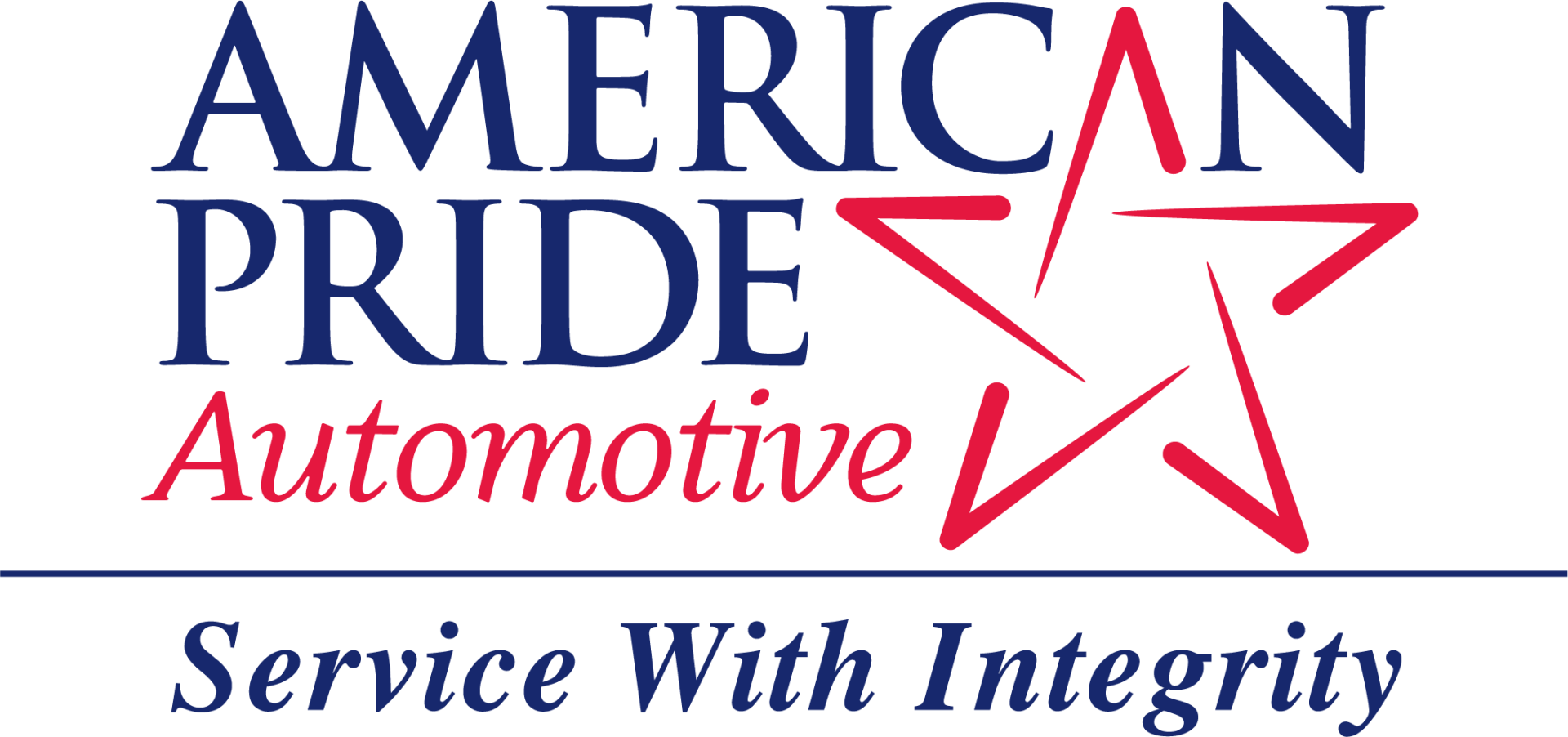“SHOULD I RETROFIT MY A/C SYSTEM?…” THE EVERYTHING AUTO BLOG AUTOMOTIVE AIR CONDITIONING SERIES: PART 3
American Pride Automotive • May 3, 2013
Well, here we are. The third and final Part of the Everything Auto Automotive Air Conditioning Series. May has arrived and spring is in full bloom. The lovely weather has a way of making some of us feel nostalgic for old times, but that doesn’t mean your car’s A/C system should be suited to eras past. In fact, if you have a car manufactured prior to 1995 and want to rest easy knowing that your vehicle will keep you cool throughout the summer season, it may be time to consider a retrofit.
Between the late 1980s and early-to-mid 1990s under the regulatory guidance of the Environmental Protection Agency, vehicle manufacturers changed the type of refrigerant used in their A/C systems from R-12 to R-134A. Today, it is the standard refrigerant used in all new vehicles, and it will be until something even more environmentally friendly comes along.
To switch a car made for R-12 to R-134A, to retrofit it, is not as simple as recharging the A/C system with the new refrigerant. The two refrigerants have different chemical properties and require different lubricating oils to cool cars properly and without damaging the system components. What’s more, R-134A requires higher pressure from the compressor than R-12, and without a careful retrofit (including the addition of a high-pressure cutoff switch), the new refrigerant will likely break the compressor. The retrofitting process is different for every vehicle, even those whose manufacturers provide warrantied “retrofit kits” specific to the make and model.
Many classic-car drivers elect to retrofit their A/C systems to run on R-134A but the same number elect to continue using R-12 while it’s still available. Should you retrofit your classic car for R-134A? Consider these factors:
Environmental impact of R-12. New use of R-12 was originally eliminated because it is a chlorofluorocarbon (commonly known as a CFC), a type of greenhouse gas that was depleting the ozone layer. If you have any extreme convictions about its use in your vehicle, though it’s not likely that your car will do a great deal of damage, maybe you should go ahead with the retrofit.
Existing A/C problems. If components of your A/C system like the evaporator or condenser already need to be replaced, retrofitting the whole system makes sense.
Cost. Since the requirements for a retrofit are not one-size-fits-all, the cost of the service (including labor) can range anywhere from $100 to $800 dollars, depending on the complexity of your car’s needs.
Another thing to remember is that retrofitting a low-performing R-12 A/C system won’t necessarily enhance its cooling power. This is even truer if you go for a lower-cost retrofit option that only includes replacement of the refrigerant channels and not the mechanical components like the compressor and evaporator. If your system can’t keep up with the demands of R-134A, it is likely that A/C performance will decline even further after the retrofit.
Deciding whether or not to retrofit an old but well-loved A/C system can be tricky. Let American Pride’s ASE-certified automotive air conditioning experts help you weigh the costs and the benefits. Maybe you just need a few A/C repairs rather than a full retrofit.
Call, contact or stop in to any one of our three locations today for the knowledge and peace of mind you need. Have a great weekend!

You’re driving home at night and it is raining cats and dogs. You can’t see but 20 feet in front of your car, but you’ve slowed down and are being extra cautious, so what could go wrong? Then you feel it. A sinking Cl-clunk. Maybe that “puddle” you saw ahead of you was deeper than just a puddle. Before you know it, your car is stalling in the high water in the middle of the road. Now what? First off, don’t panic. Turn on your hazards and crank the ignition once. If the car starts, make it dry land and pull over to assess the damage. If it does not start the first time, do not try to start it again. Doing so can result in a hydro locked engine and will likely necessitate the rebuilding or replacement of the engine. Unfortunately, if you find yourself stalling in water at all, your vehicle will probably need costly repairs. The best way to avoid water damage is to practice safe and smart driving in wet weather, which brings us to Part 2 of the Everything Auto “Blame it on the Rain” series (Find Part 1 here). Take heed of these severe weather driving tips: 1. TAKE NO CHANCES ON PUDDLES Even if the standing water ahead of you looks shallow enough to drive through, think twice. If the water is “rushing” or if other drivers are making a point to avoid it, don’t assume that your vehicle is the exception. Additionally, you never know the hazards that lay at the bottom of a puddle. Hidden potholes or debris can pierce your tires and jostle your alignment and suspension system. 2. IF YOU MUST TAKE A CHANCE, TAKE IT SLOW AND STEADY When you deem it necessary and safe to drive through water of questionable depth, go slowly. Speeding through a puddle, even a shallow one, can splash water into your vehicle’s intake and critically harm the engine. Like we mentioned last week, after driving through standing water, lightly tap your brakes to make sure they aren’t saturated and to dry them off. 3. KEEP A ROADSIDE EMERGENCY KIT HANDY Sometimes, no matter how careful you are on the road, accidents and vehicle malfunctions happen, especially in wet severe weather. That’s why it is extremely important to keep emergency supplies ready in the trunk for the worst case scenario. You can buy a preassembled one, but it is cheaper (and more rewarding) to assemble your own. What should you include? Edmunds.com provides an excellent comprehensive list of items, a few of which include: 12-foot jumper cables Four 15 minute road flares Two quarts of oil A gallon of antifreeze A first-aid kit. Find the rest of the list here We hope that this series has given you helpful safety insights and tips for driving in the rain! Remember that American Pride Automotive is always here to help and ready to answer any and all of your auto repair and maintenance questions! Call or contact us today.
